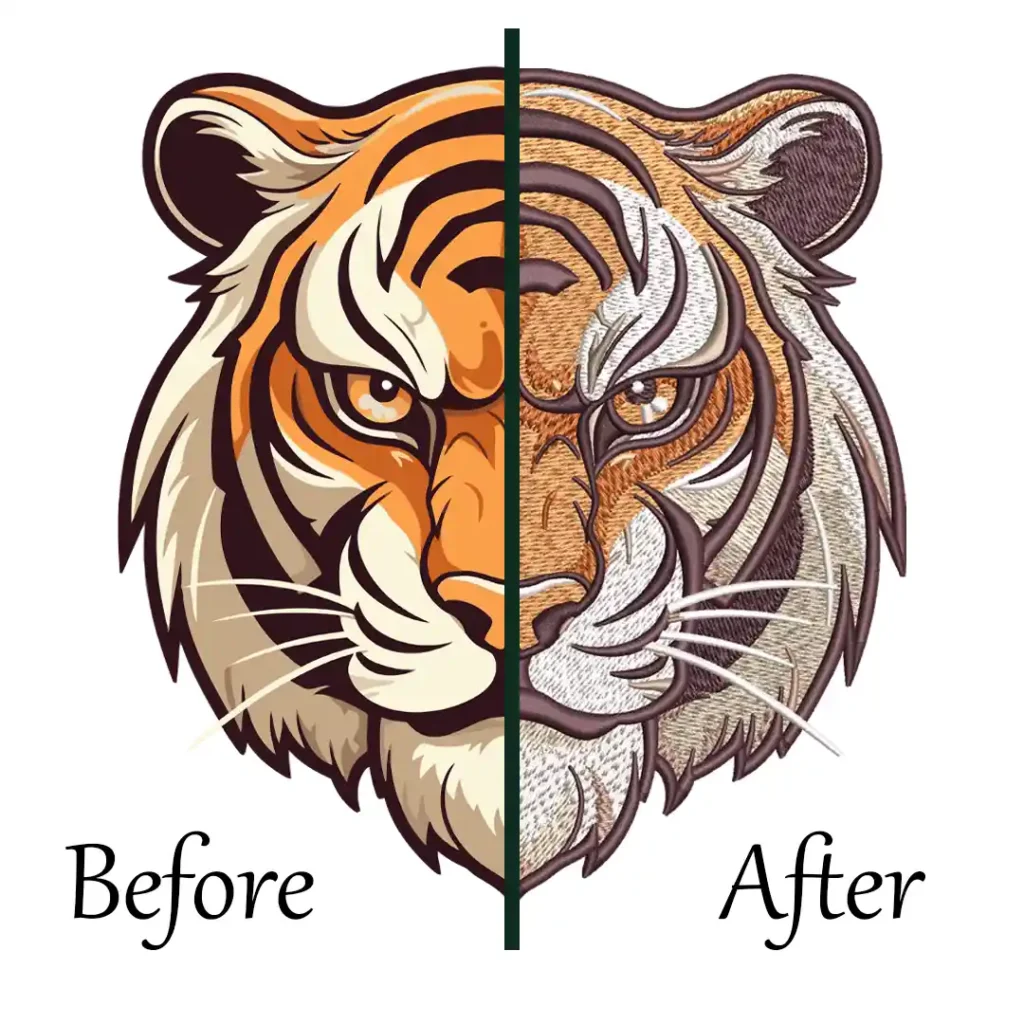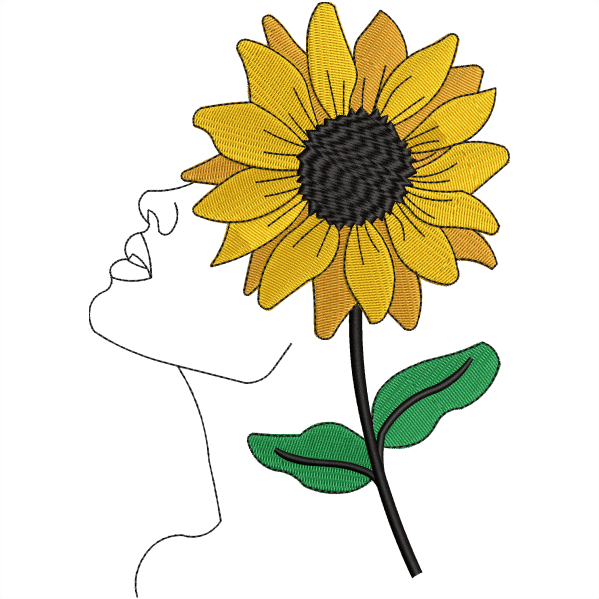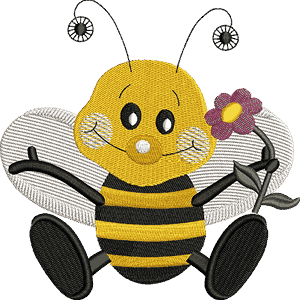In this article, we will explore the challenges faced by embroidery machine on satin and discuss strategies to overcome these obstacles.
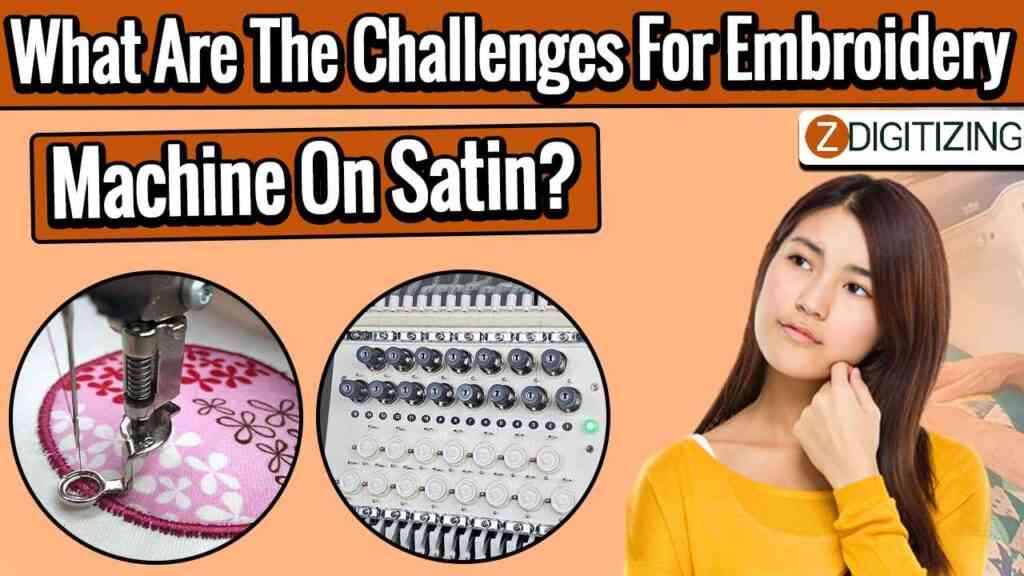
What Are The Challenges For Embroidery Machine On Satin?
Introduction:
When working with delicate materials such as satin. Satin, with its smooth and lustrous surface, presents a range of difficulties that require careful consideration and specialized techniques to ensure successful embroidery.
Challenges Faced By Embroidery Machine On Satin:
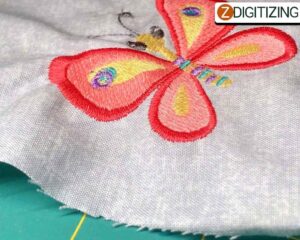
Embroidery machines have revolutionized the world of textile embellishment, allowing intricate designs to be flawlessly stitched onto various fabrics. While these machines excel at handling robust fabrics like cotton or denim, they often face unique challenges.
Fabric Fraying:
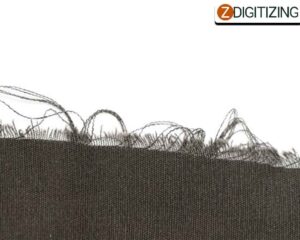
Satin fabric’s delicate nature makes it prone to fraying during the embroidery process. The continuous movement of the machine’s needle can cause the fabric to pull apart, resulting in unsightly frayed edges. This challenge of embroidery machine on satin requires the use of appropriate stabilizers and hooping techniques to minimize fabric movement and secure the satin tightly, reducing the risk of fraying.
Slippage:
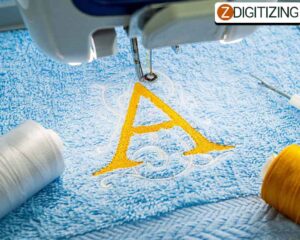
Due to its smooth texture, satin has a tendency to slip and slide within the embroidery hoop. This can lead to misalignment and distortion of the design, resulting in a compromised finished product. Special attention must be given to stabilizing the fabric properly to prevent slippage. Using temporary adhesive sprays or sticky stabilizers can help keep the satin securely in place during the embroidery process.
Thread Tension:

Achieving the perfect tension in embroidery is crucial to ensure clean and precise stitching. However, satin’s slippery surface can make it challenging for the machine to maintain consistent tension throughout the design. Uneven tension may result in loose or puckered stitches, detracting from the quality of the embroidered pattern. Adjusting the machine’s tension settings and using appropriate thread types can help overcome this challenge, ensuring even and well-defined stitching on satin.
Needle Selection:
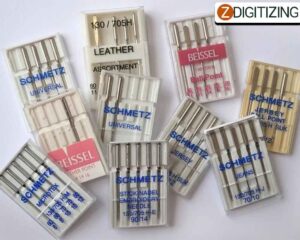
Choosing the right needle is vital when embroidering satin. A needle that is too sharp or thick can cause visible puncture marks or snags in the fabric, compromising the overall appearance. Conversely, a needle that is too fine may struggle to penetrate the fabric, leading to skipped stitches or incomplete embroidery. Utilizing a sharp, fine needle specifically designed for delicate fabrics like satin can help achieve optimal results.
Design Complexity:
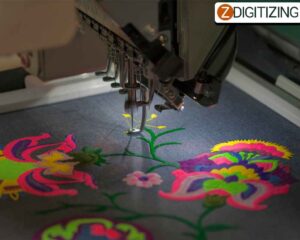
Satin’s smooth surface and lightweight structure can pose challenges when embroidering intricate or densely stitched designs. Excessive stitch density can cause the fabric to pucker or pull, distorting the embroidery design and affecting the overall quality. It is important to adjust the digitized design to accommodate the fabric’s delicacy, opting for lighter and more open stitch patterns to maintain the fabric’s integrity.
Needle Heat:
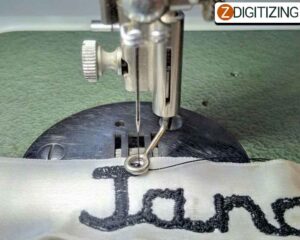
Embroidery machines generate heat as the needle penetrates the fabric repeatedly. Satin, being a delicate and heat-sensitive material, can be adversely affected by excessive heat. This challenge requires careful monitoring of the machine’s temperature to prevent scorching or discoloration of the satin fabric. Adjusting the machine’s speed and using cooling techniques, such as intermittently pausing the embroidery process, can help mitigate this challenge.
Pulling or Snagging:
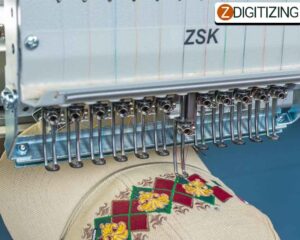
Satin fabric’s smooth surface and delicate threads make it prone to pulling or snagging during the embroidery process. The sharp edges of the embroidery hoop or other machine components can catch on the fabric, leading to visible pulls or snags. This challenge calls for cautious handling of the fabric, ensuring that there are no sharp edges or rough surfaces in contact with the satin. Additionally, using rounded or silicone-coated hoops and reducing machine speed can minimize the risk of pulling or snagging.
Shading and Sheen Variation:
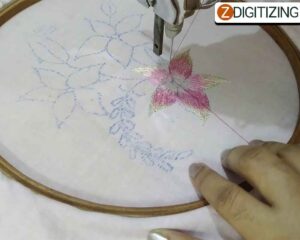
Satin’s reflective properties can create challenges when attempting to achieve consistent shading or sheen in embroidered designs. The angle and direction of the satin’s smooth fibers can cause variations in how light is reflected, leading to perceived differences in color or sheen across the embroidered area. It is essential to consider these factors during the design phase and test different thread types, colors, and stitch densities to ensure a visually uniform appearance across the satin fabric.
Limited Thread Coverage:
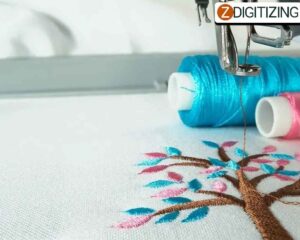
Due to its lightweight and translucent nature, satin may not provide sufficient coverage for densely stitched designs. Heavy or overlapping embroidery can weigh down the fabric and cause it to become distorted or puckered. To overcome this challenge, it is advisable to use lighter stitch patterns, reduce stitch density, and consider using specialized embroidery techniques, such as layering or appliqué, to achieve the desired visual impact while maintaining the delicate nature of satin.
Post-Embroidery Finishing:
Satin requires delicate handling during post-embroidery finishing processes such as trimming excess threads or removing stabilizers. The fabric’s smooth surface can be easily damaged or marked if not handled with care. It is crucial to use sharp, fine-pointed scissors to trim threads close to the fabric without causing any snags or pulls. When removing stabilizers, following proper techniques and using appropriate solvents or water-based solutions is necessary to prevent any staining or discoloration of the satin.
Puckering:
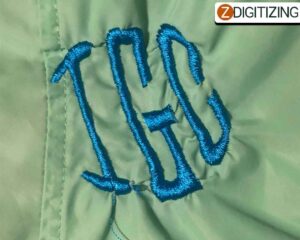
Satin’s smooth and lightweight nature can make it prone to puckering or gathering around embroidered areas. The tension created by the stitching can cause the fabric to bunch up or distort, leading to an unsightly finished product. To combat puckering, it is crucial to use appropriate stabilizers, adjust tension settings, and employ hooping techniques that distribute the tension evenly across the fabric. Additionally, using lighter-weight threads and reducing stitch density can help minimize the risk of puckering.
Thread Breakage:
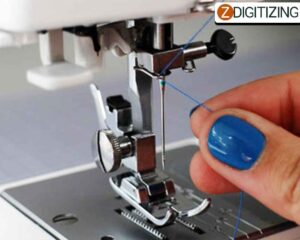
Satin’s delicate fibers can present challenges in thread management, leading to thread breakage during the embroidery process. The fine nature of satin can put strain on the thread as it passes through the fabric, resulting in frequent breakages. To address this challenge, selecting high-quality, fine embroidery threads and ensuring proper tension and thread path within the machine can help reduce thread breakage. Additionally, using lubricants or thread conditioners can improve the thread’s strength and resilience.
Design Distortion:
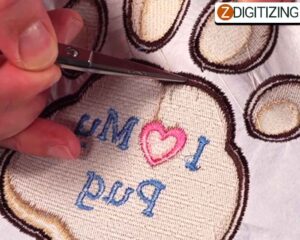
Intricate or detailed designs with small elements can pose challenges when embroidering satin. The fabric’s smooth surface can cause fine details or small letters to become distorted or blurred during the stitching process. To overcome this challenge, it is advisable to simplify the design by enlarging small elements or opting for bolder, more visible features. Testing the design on a similar fabric or creating test stitches can help identify potential issues and allow for adjustments before embroidering the final piece.
Fabric Transparency:
Satin’s lightweight and translucent properties can affect the appearance of embroidered designs. Dark-colored threads or underlying elements can show through the fabric, altering the intended color or design. To address this challenge, using right stabilizers or backings that match the satin color can help minimize the transparency. It may also be necessary to adjust thread colors or densities to achieve the desired visual effect without compromising the fabric’s delicate nature.
Winding up with offer:
Embroidery machines have significantly expanded the possibilities of embellishing textiles, but the challenges posed by satin require careful attention and adaptation. By implementing appropriate stabilization techniques, choosing the right needles and thread, adjusting tension settings, and optimizing design complexity, embroiderers can overcome these challenges and create stunning embroidered designs on satin. With a combination of expertise, experimentation, and attention to detail, embroidery on satin can yield exquisite results, adding a touch of elegance to various garments and decorative items.
We hope this article would be helpful for you. If you want to digitize embroidery design you would need a professional like ZDigitizing, as digitizing is a complex process.
Zdigitizing is a digitizing embroidery company that provides complete digitizing and vector art services all over the world to businesses, industries, and corporations.
So, if you need a digitizing or vector art service for your embroidery machine, with a super-fast turnaround and excellent quality, ZD will be your best choice. Just click the link below and get a free quote in less than 5 minutes. And get 50% off on your first order.
Hope it will be helpful for you guys!
If there’s any question related to this article you can simply ask in the comment section and don’t forget to share with those you think might be helpful for them.
And finally, thanks for reading!
Frequently Asked Questions
To embroider satin fabric, start by hooping the fabric tightly with the help of stabilizers to minimize movement. Choose a sharp, fine needle and lightweight embroidery thread. Opt for lighter stitch patterns and avoid excessive density to prevent puckering or distortion. Test on scrap fabric before embroidering the final piece.
To prevent puckering while embroidering on satin, use appropriate stabilizers to support the fabric. Adjust the tension settings on the embroidery machine for even and balanced stitching. Opt for lighter-weight threads and reduce stitch density. Hoop the fabric tightly and avoid excessive fabric movement during the embroidery process.
When embroidering satin, it is advisable to use lighter and more open stitch patterns. Satin stitch, running stitch, or light fill stitches work well on satin fabric. These stitches provide coverage while allowing the fabric to maintain its delicate appearance. Experiment with stitch length and density to achieve the desired effect.
Embroidering satin can be challenging due to its delicate nature and smooth texture. It requires careful handling, proper stabilizing techniques, and adjustments in tension, needle, and stitch selection. With practice and attention to detail, embroidering satin can yield beautiful results, but it may require more precision compared to embroidering other fabrics.
Some disadvantages of satin fabric include its tendency to fray easily, its susceptibility to snagging or pulling, and its relatively high cost compared to other fabrics. Satin is also prone to showing watermarks or stains, and it requires delicate care during washing and ironing. Additionally, the smooth surface of satin can make it more challenging to work with during embroidery or other intricate processes.

